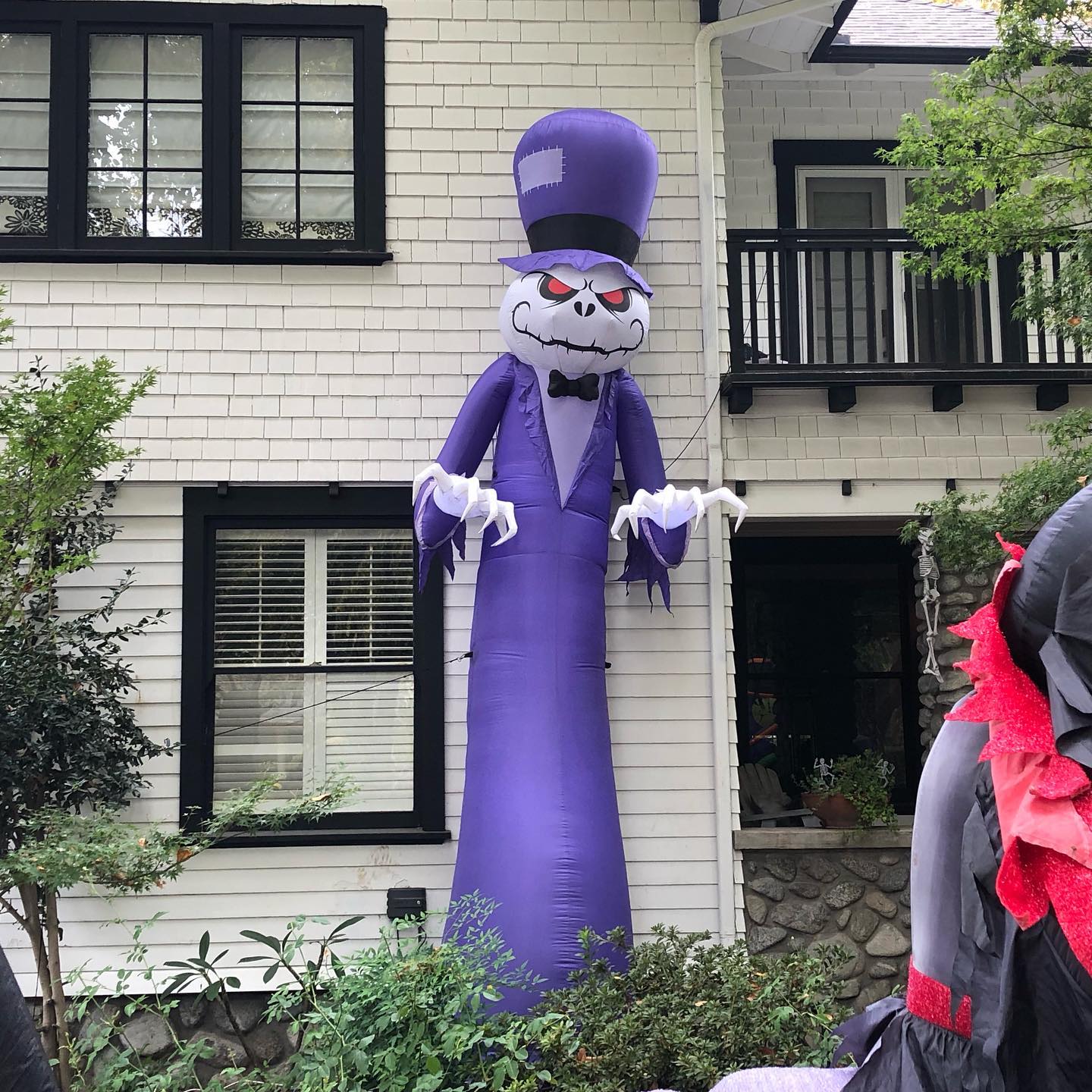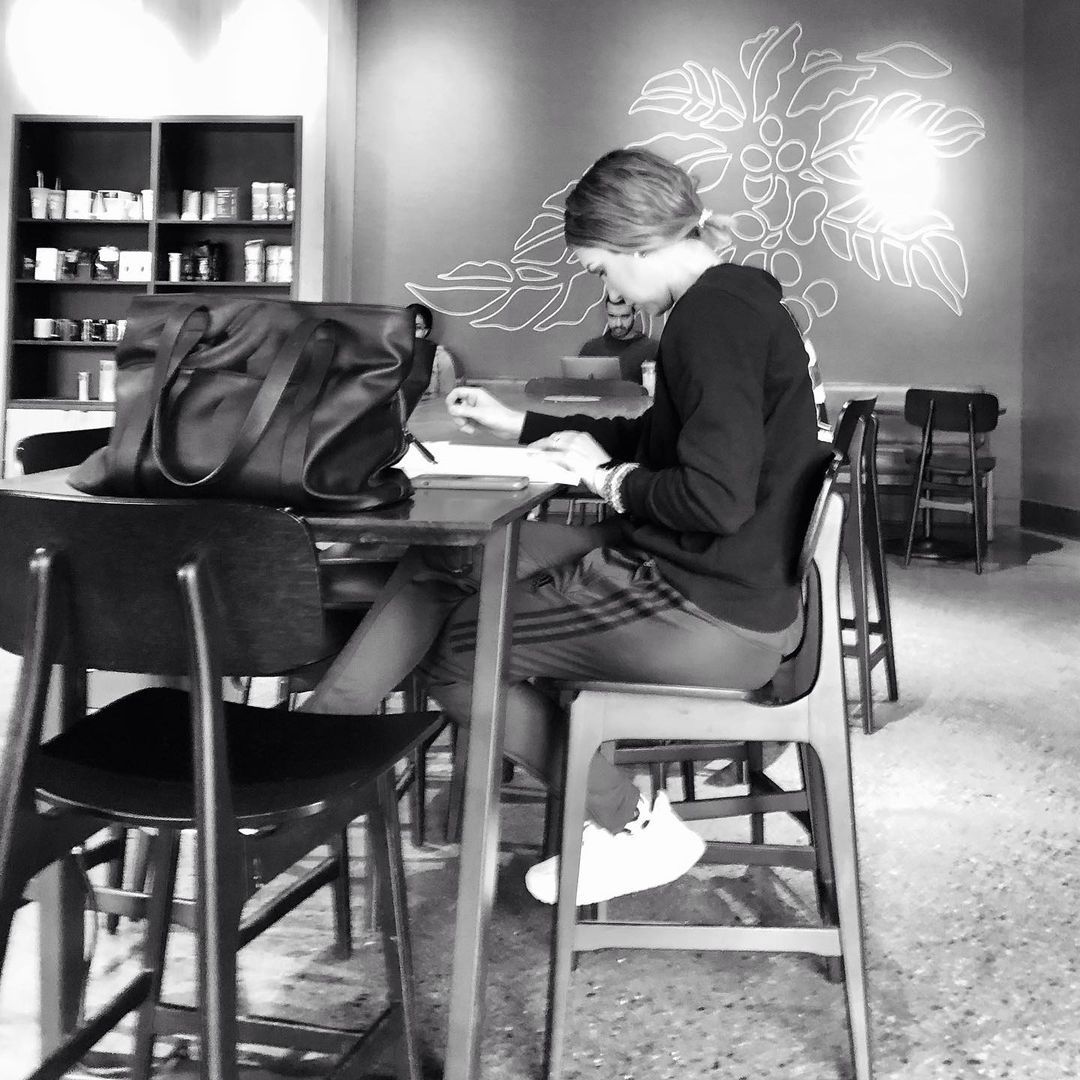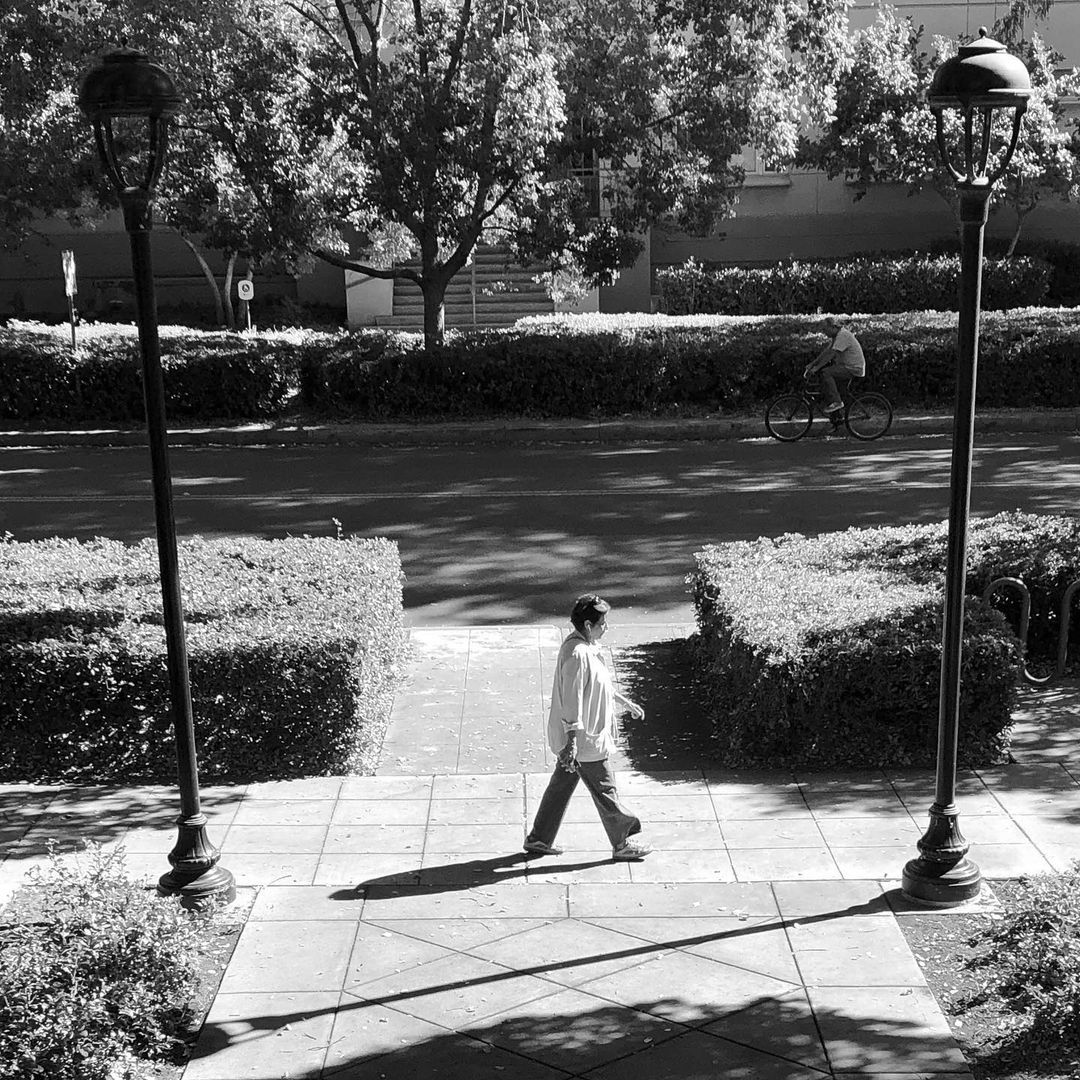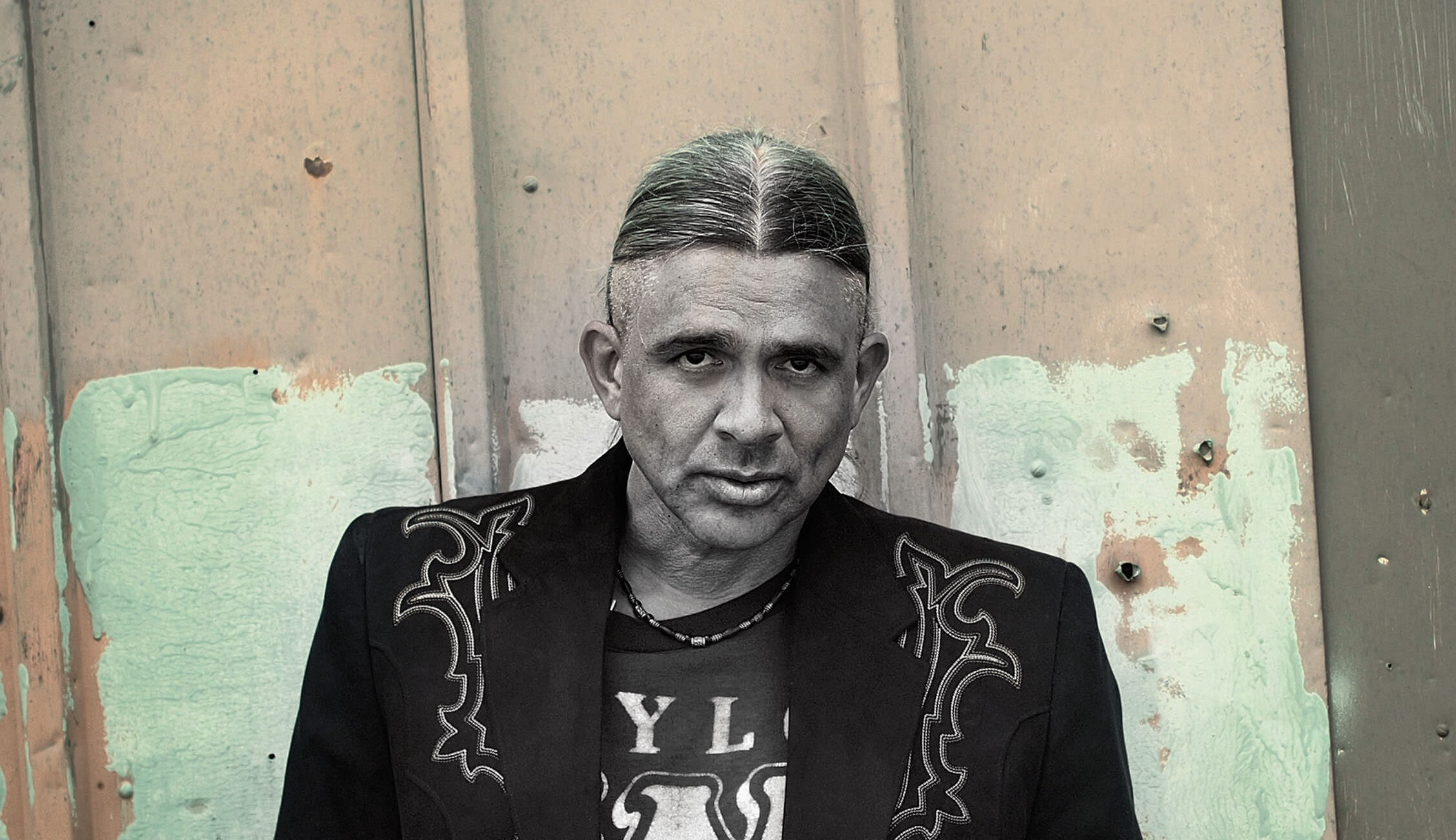
This house is ready for Halloween. That’s for sure.
Month: October 2021
Is the Horror Novel Entering a New Golden Age?
Stephen Graham Jones, a Blackfeet Native American, has written a terrifying story about a spirit that seeks revenge. The Only Good Indians won both the Bram Stoker and Shirley Jackson awards for best horror novel at last year’s Horror Fiction Awards.
Earlier this year, British-American author Catriona Ward released her third literary horror novel, The Last House on Needless Street. Ward previously published two novels, Little Eve and Rawblood.
“Horror is in a very exciting place,” says Neil Mcrobit, who hosts the Talking Scared Podcast and interviews some of horror fiction’s biggest names. Frequently mentioned along with Rebecca Netley’s novel The Whistling is The Haunting Season, which collects the stories of authors such as Andrew Michael Hurley, Imagin Hermes Gower, and Bridgett Collins.
Paul Trembley, the author of one of the scariest novels out there, A Head Full of Ghosts, says, “With so many new voices being published, there’s never been a more exciting time for horror readers.” Tembley suggests two debut novels, Violet Kupersmith’s Build Your House Around My Body, about two young Vietnamese women going missing decades apart; and Gus Moreno’s This Thing Between Us, a genuinely creepy novel about grief and a widower fighting the evil that inhabits the smart speaker in his house. Jones also recommends Haley Piper’s Queen of Teeth, which revolves around a woman discovering teeth between her thighs, and Shane Hawke’s Anoka, a collection of Indigenous horror stories.
Author Jonathan Sims, who wrote Thirteen Stories, and hosts horror podcast The Magnus Archives, has an interesting view of how the horror market is currently changing. He says that many of the best horror writers are not on shelves, but online. He points to podcasts such as Pseudopod and Nightlight as examples of where readers can find some of the most exciting voices in horror.
Adam Nevill, whose The Ritual ended up on the big screen, recently self-published his latest novel, Cunning Folk, which follows a man who suspects that his hostile neighbors are in control of evil forces.
[wdi_feed id=”1″]
My Wrought Iron Bench
My wrought iron bench – Shot on film with an Olympus camera.
Caleb Femi: A Merchant of Joy
Caleb Femi’s family lived in a housing estate where the walkways were swabbed down every Monday. His imagination transformed the space into a wonderland.
Caleb Femi’s family lived in a housing estate where the walkways were swabbed down every Monday. His imagination transformed the space into a wonderland. In his debut poetry collection Poor, Femi explores the North Peckham Estate, described as a “paradise of affordable bricks, tucked under / A blanket, shielded from the world.” The poem contrasts the lofty ideals of its architects and the reality of a boy found stabbed to death in a stairwell in November 2000.
The bespectacled 28-year-old from South London is astonished that readers have found the collection dark, and says it’s a celebration of fantasy. The estate he grew up on fed his imagination in unexpected ways; the mural that appeared on the wall was the catalyst for many of the things that happened on the estate. Taylor, the young boy who was stabbed, was a close friend of his, and his death was a source of guilt.
Caleb Femi — poet, filmmaker, and photographer — became London’s first young people’s laureate in 2016. His pictures provide a different perspective of urban youth and challenge the discourse about them shaped by news photography. His poems use street language and imagery to amplify how urban boys are just as delicate as raindrops. In many ways, Femi is still that little boy who found a wonderland in the smell of detergent.
After moving schools for sixth-form, his teachers taught him a love of poetry, sparing him from the fate of many of his peers. Femi studied English literature and teaching at a Tottenham comprehensive school but quit after two years due to the strict “Gove curriculum.” For someone who loved Yeats and Pope, a rigid curriculum in a government school was a bitter disappointment. In 2015, his poetry career took off, and he made film-poems to order. In 2017, he was included on the Dazed 100 list.
A young people’s laureate’s tenure coincided with the Grenfell Tower fire. “In the future,” he wrote in his diary extract from the time, “every time I write grief on my phone its autocorrect asks if I mean Grenfell: have I written Grenfell so many times that it has registered it as a familiar word, or is this how collective mourning works?”
The Covid-19 crisis has yet again drawn attention to the disadvantages of being poor and urban. He lives in a Deptford flat with a cat called Dennis Adeyemi and dreams of making films and writing poetry. Femi, a guy obsessed with laughter, leaves the shop and walks through the rain towards an underpass, with the word “FANTASTIC” printed on the back of his coat.
Scenes in the Village

Pedestrians in a crosswalk in the Claremont Village.

Some folks waiting to get in Walter’s Restaurant.

A student at Starbucks

An amorous couple
Luke Kennard wins Forward poetry prize
Luke Kennard’s “Notes on the Sonnets”, a collection of prose poems responding to Shakespeare’s sonnets, won the Forward prize for best collection, beating other nominees in a competition judged by poet Shivanee Ramlochan.
Luke Kennard’s Notes on the Sonnets, a collection of prose poems responding to Shakespeare’s sonnets, won the Forward prize for best collection, beating other nominees in a competition judged by poet Shivanee Ramlochan.
Kennard said he started writing Sonnet 66 at a party and then got hooked on writing reactions to all 154 Sonnets.
Caleb Femi won the prize for best first collection for his work Poor, which explores the lives and times of a Peckham estate.
Femi’s debut book grabbed the judges from the first page. Nicole Sealey won the Forward prize for best single poem for Pages 22-29, an excerpt from The Ferguson Report: An Erasure.
Ramlochan praised the poem, saying that it shows there are poems embedded in all sorts of documents, and the jury said the poems showed how the poetic imagination can be bold, limitless, and reach deep into our lives.
A Documentary About Japanese Photographer Daido Moriyama
“The Past is Always New, The Future is Always Nostalgic: Photographer Daido Moriyama” is the title of a documentary about renowned photographer Daido Moriyama. As a young photographer, his work focused on fashion, but as he matured, it transcended those boundaries and he became known worldwide.
“The Past is Always New, The Future is Always Nostalgic: Photographer Daido Moriyama” is the title of a documentary about renowned photographer Daido Moriyama. As a young photographer, his work focused on fashion, but as he matured, it transcended those boundaries and he became known worldwide. This documentary offers an intimate look into the life of a genuine artist.
His work has brought many national and international awards. In 2019, he won the Hasselblad Award, which is considered the “Nobel Prize of Photography.” He is past 80 years old and still going strong and inspiring photographers young and old.
This documentary follows Moriyama as he photographs the streets of Japan. We see how his work is born and watch him interact with bookbinders and editors as he reissues his groundbreaking 1968 photo book, Japan A Photo Theater. It’s a fascinating look at the everyday life of Japan’s most acclaimed photographer.
By the way, the camera Daido is using in this film is a Nikon Coolpix S7000.
Translators Fight for Names on Book Covers
Publisher’s Weekly, Jennifer Croft, who won the International Booker Prize for translating Olga Tokarczuk’s Flights, said she wouldn’t translate books without her name on the cover anymore. “Not only is it disrespectful to me, but it is also a disservice to the reader, who should know who chose the words they’re going to read.”
In a recent article in Publisher’s Weekly, Jennifer Croft, who won the International Booker Prize for translating Olga Tokarczuk’s Flights, said she wouldn’t translate books without her name on the cover anymore. “Not only is it disrespectful to me, but it is also a disservice to the reader, who should know who chose the words they’re going to read.”
Others supported her decision, including translators who felt overlooked. This was clearly a touchy subject for Croft, who translates from Polish, Ukrainian, and Argentine Spanish into English.
One month later, she turned her resolution into a campaign for International Translation Day. Using the hashtag #TranslatorsOnTheCover, Croft and novelist Mark Haddon published a letter on the UK’s Society of Authors website thereby urging publishers to give translator credits . “For too long, we’ve been taking translators for granted,” the letter reads. “From now on, we will be asking, in our contracts and communications, that our publishers ensure, whenever our work is translated, that the name of the translator appears on the front cover.”
The Authors Guild jumped on board right away. “It is long past time that translators be acknowledged for their contributions by including their names on the book’s cover,” said Mary Rasenberger, CEO of the Authors Guild. “That’s only the first step, however; translators should also receive royalties and a share of subsidiary rights.”
In the literary translation community, there have been discussions for decades about how to credit translators. As a result of social media, Croft’s push for equality is gaining traction. Over 1,800 people have signed the letter so far, including Jhumpa Lahiri, Yiyun Li, and Olga Tokarczuk.
“Putting our names on the covers of the books we wrote every word of takes two seconds and zero dollars,” Croft told PW. “Why not make that change?”
Croft’s own experience with cover credits varies among publishers. Her name has appeared on the covers of books published by Bloomsbury, the Feminist Press, Transit Press, and Charco Press in the U.K. To her, that’s how things should be. Translators, however, often have to negotiate for months over royalties and cover credits.
“Some publishers aren’t even really willing to negotiate with translators,” Croft explained, “which goes back to the underlying issue of publishers just not being willing to recognize us as co-creators of the work—as artists in our own right.”
Croft says translators should also be credited on covers for practical reasons. “The reader deserves to know upfront who wrote the book they’re about to purchase,” she said. “Just like when you’re deciding what movie to watch, you might want to know who’s in it as well as who directed it.”
Literary translators are like audiobook narrators. “I often choose audiobooks based on who reads them,” she said, noting that she finds titles she wouldn’t otherwise discover. “The same is true for translations: if a reader loves a translation by Damion Searls or Ellen Elias-Bursac, seeing a book with one of those names on the cover might prompt them to try out a new author.”
American publishers are more likely to listen to translators than original authors when it comes to foreign-language books. In this way, they’re vital to the process over and above the translation itself. Artificial Intelligence cannot replace them. When a translator decides to translate a book, it’s usually because he or she thinks it’s important or they’re passionate about it and want readers to feel the same way.
Why might a literary publication omit a translator’s name from the cover? “I would love to hear an editor or publisher explain their motives,” Croft said. “I honestly can’t understand what they might be.”
Readers are starting to notice these omissions. A case in point: Michael Favala Goldman translated Tove Ditlevsen’s short story collection The Trouble with Happiness. FSG shared the cover on its Instagram, and some people noticed Goldman’s name wasn’t there. “List the translator,” one wrote. “Exciting,” said another. “Only thing missing is the translator on the cover.”
In Croft’s opinion, cover credits show translation is also a type of authorship, elevating it in readers’ minds. “Having our names on the covers of our books foregrounds the collaborative nature of translation in a wonderful way that I think readers will really respond to,” she said. “There is no reason to keep concealing our identities, as if languages other than English were something to be ashamed of.”
Silver Wedding Anniversary

Sandy and I celebrated our silver wedding anniversary today. A lot of time has passed since then. People have passed away and moved away, but Sandy and I have stayed together. “We’re a good team,” I always remind her. A Silver Anniversary isn’t something everyone gets to celebrate, and this one we’ve cherished.
Woman with Man on Bike

Woman with man on bike
Gus’s Bar-B-Q

Gus’s Bar-B-Q at night
Dashiell Hammett — Cameo in “Two Sharp Knives”
This clip is from the CBS 1949 Studio One production of the Dashiell Hammett short story “Two Sharp Knives.” Hammett’s cameo is that of the character Slim, not listed in the cast of characters. This is the only film footage of Hammett I’ve been able to find. I’m sure there must be more.
This clip is from the CBS 1949 Studio One production of the Dashiell Hammett short story “Two Sharp Knives.” Hammett’s cameo is that of the character Slim, not listed in the cast of characters. This is the only film footage of Hammett I’ve been able to find. I’m sure there must be more.
I had a short communication from Dashiell Hammett’s granddaughter, and she believes this is the only known recording of her grandfather’s voice.



